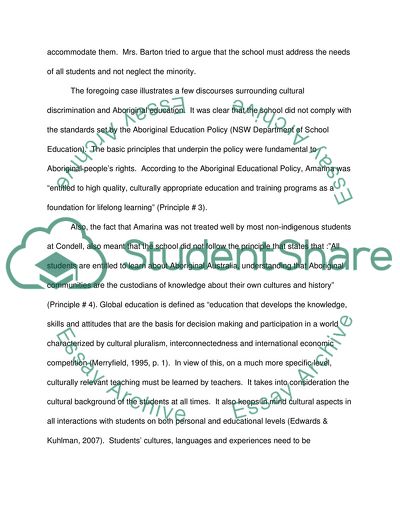Cite this document
(Cultural Discrimination as Social Injustice Case Study, n.d.)
Cultural Discrimination as Social Injustice Case Study. https://studentshare.org/social-science/1726159-deconstruction-of-a-social-justice-incident-or-ongoing-social-justice-issue
Cultural Discrimination as Social Injustice Case Study. https://studentshare.org/social-science/1726159-deconstruction-of-a-social-justice-incident-or-ongoing-social-justice-issue
(Cultural Discrimination As Social Injustice Case Study)
Cultural Discrimination As Social Injustice Case Study. https://studentshare.org/social-science/1726159-deconstruction-of-a-social-justice-incident-or-ongoing-social-justice-issue.
Cultural Discrimination As Social Injustice Case Study. https://studentshare.org/social-science/1726159-deconstruction-of-a-social-justice-incident-or-ongoing-social-justice-issue.
“Cultural Discrimination As Social Injustice Case Study”. https://studentshare.org/social-science/1726159-deconstruction-of-a-social-justice-incident-or-ongoing-social-justice-issue.


